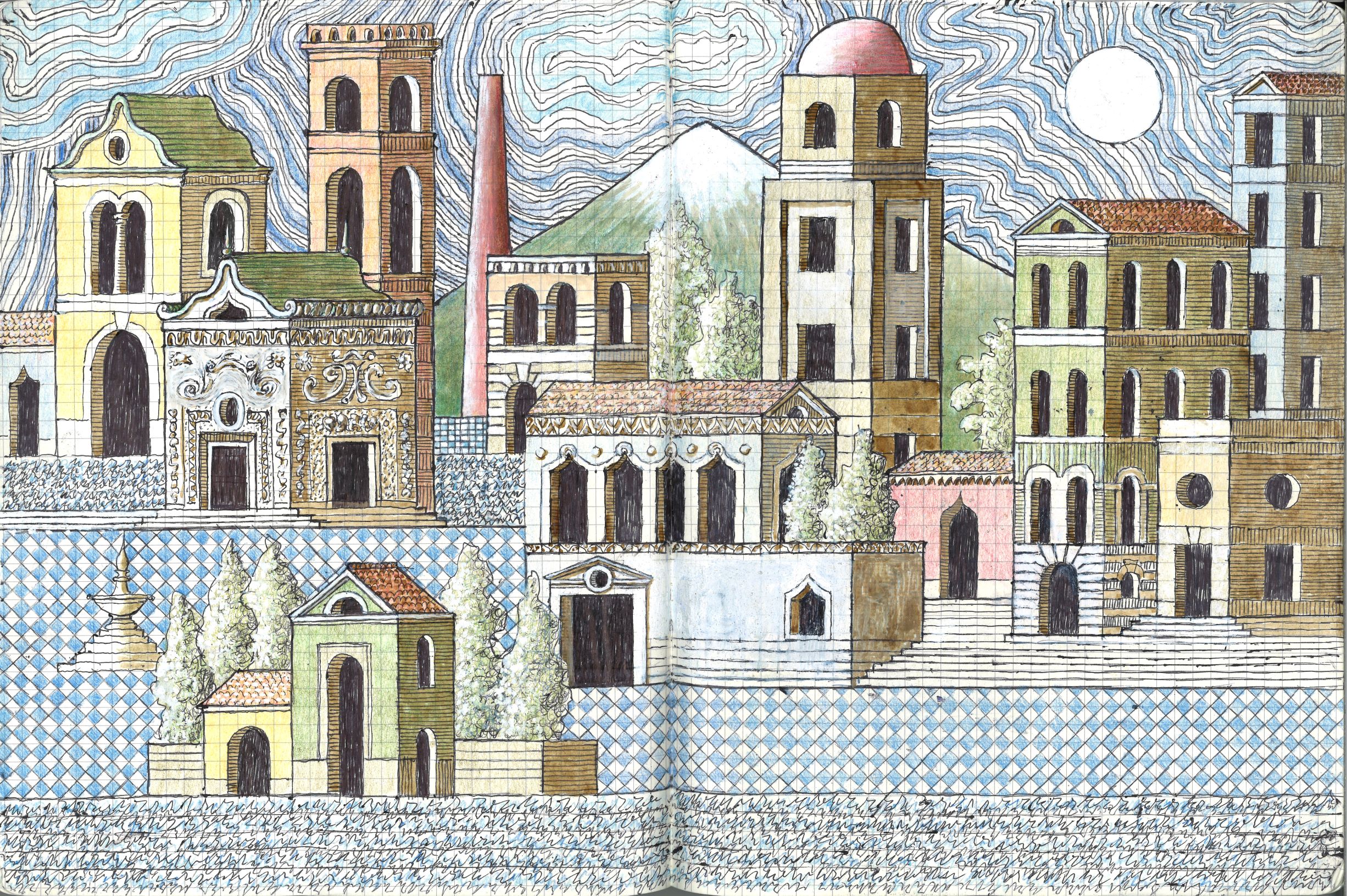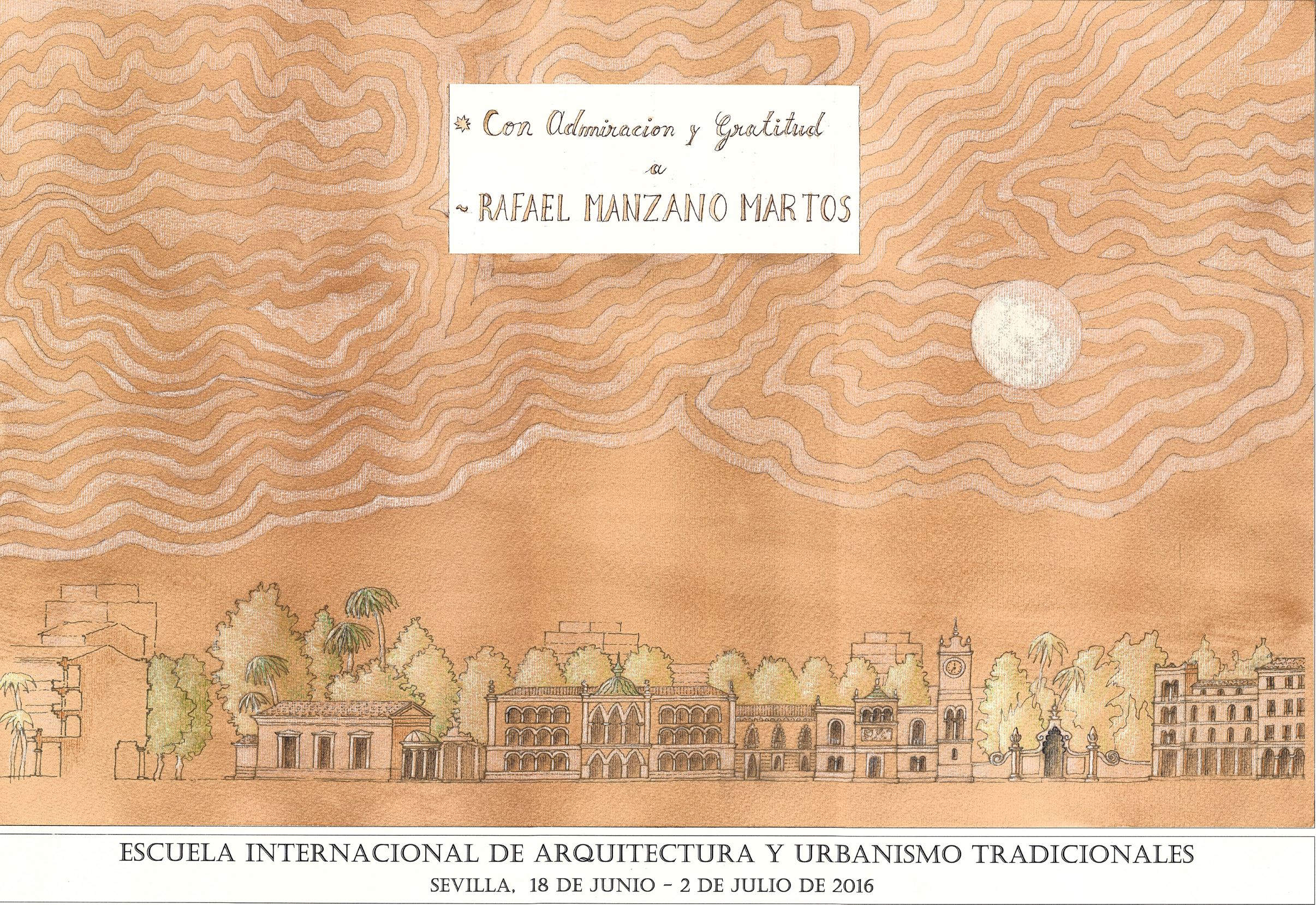Lucien Steil is an author, educator and architect. He believes traditional cities and architecture have always been the ideals of harmony and beauty in a destabilized, disrupted world. For him traditional cities and architecture have remained desirable models of cultural identity, home, urbanity and civilization, and he maintains that the traditional city remains a good and desirable place to live, and that tradition is a good home for modernity and originality. It has proven to be perfectly compatible with modern life despite an array of pressing challenges to be considered as opportunities rather than as limitations.
‘this is both a tangible reality, time-tested and perfected, and a realistic, buildable, operational and necessary project for contemporary civilization’.
Rather than becoming obsolete, the traditional city has suddenly gained a new actuality as a remedy to the ‘inconvenient truth’ of global warming and climate change. Traditional architecture and urbanism have the organic and inherent sustainability to confront the greatest challenges of the 21st century and they demonstrate not only a great resilience but also highest standards of modernity and originality in their acceptance of perpetual becoming.
Lucien Steil maintains that contemporary traditional architects and urbanists, provide a counterbalance to an opportunistic architectural and planning establishment that clings nostalgically to past paradigms of Modernism, and has resigned in its social and cultural mission for a better and more harmonious world. For him, they are poets, idealists, craftsmen and artists who invent, design and build places and buildings of durable quality in a perspective of ‘firmitas, utilitas, venustas’, allowing people of our time to live in comfort, security, harmony, enlightenment and pleasure.
Work
Lucien Steil opened his own practice in 1984 in Luxembourg and later set up an association with Irish architect Colum Mulhern. Their firm Mulhern § Steil produced numerous projects of architecture and urbanism in Luxembourg, Germany, England, Italy, Lebanon, Portugal, United States etc. as well as built work comprising a large part of affordable and social housing. Their work has been recognized with a number of awards, among which a first prize for the competition ‘Place de l’Etoile’, as well as third one for the ‘Quartier Millebach’ competition in Luxembourg, and honourable mentions for the European Competition ‘Rue de Laeken’ Brussels and ‘Marsham Street’ in London.
In 2001 he created and edited Katarxis, a web magazine dedicated to contemporary traditional architecture and urbanism which published three issues online among which the last one was dedicated to ‘New Urbanism, New Architecture, New Science’, discussing Complexity Theory and featuring much of Cristopher Alexander’s work. He co-authored ‘The New Palladians: Modernity and Sustainability in the 21st Century’, Artmedia (2010) as well as ‘Traditional Architecture: Timeless Building for the Twenty-First Century.’ Rizzoli (2014) with architect Alireza Sagharchi (Stanhopegate Architecture, London) and edited ‘The Architectural Capriccio: Memory, Fantasy, and Invention’, Ashgate (2013). Lucien Steil is also the author of ‘In the Mood for Architecture: Tradition, Modernism and Serendipity.’, Ernst Wasmuth Verlag (2018).
Images
1) “Stormy Waters”, Capriccio of a New Town on an agitated Riverfront (2006)
2) Perspective View a new Square in Esch-sur-Alzette, Luxembourg (1980)
3) “An Homage to Seaside”, Proposal for a Public Monument in Seaside, Florida (2011)
4) “Marsham Street Competition”, London (1996), with architect Colum Mulhern
5) “Place des Sacrifiés”, Mixed Use Development, Esch-sur-Alzette (1996), with architect Colum Mulhern
6) “Kaltreis”, Counterproject for a new Mixed Use Quarter in Luxembourg (1983)
7) “Reconstruction of the Souks of Beirut”, Lebanon (1994) with architect Colum Mulhern
8) “Let the waters settle and you will see the moon and the stars mirrored in your being.” — Rumi / capriccio (2019)
9) “Elephant and Castle Square”, London, an Urban Capriccio (2019)
10) Plan and Elevations for a New Square in Esch-sur-Alzette (1984)
11) “My first House”, Social Housing in Esch-sur-Alzette (1986)














